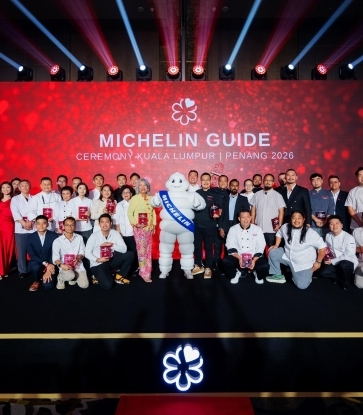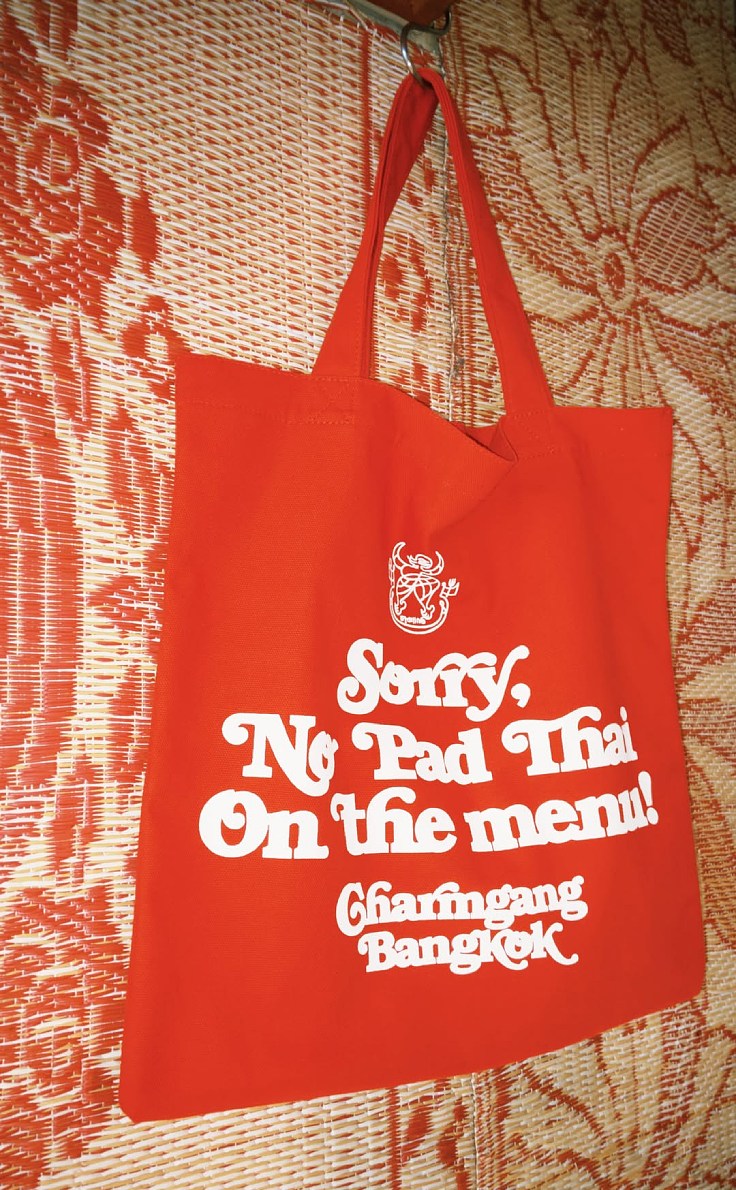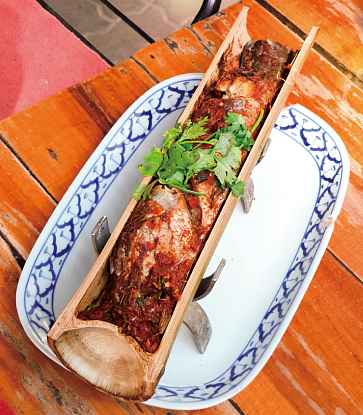Amid the setting of mountain valleys with a cool, rainy climate, the food served in this region will not be complete without a side of pungent dips and some warm sticky rice. Much influence has trickled down from the Lanna and Isan kingdoms, which explains the many similarities northern and Isan dishes share. The good news for chilli newbies is that the northern palate is not as fiery as its Isan counterpart. But you can be sure to expect lots of fresh vegetables, smoky grills and herb-rich curries.
Krabong
Fans of all things fried will love this lesser-known snack from the north. Crunchy on the outside and soft on the inside, krabong makes for a flavourful snack as the flour batch used to coat the strips of vegetables are also mixed with a spicy paste. Papaya, banana blossoms or onions may be used, but the main star is usually pumpkin. Chiang Mai fries, anyone?

Khao Lam
This inexpensive sticky rice in bamboo dessert (usually starting at 20 baht apiece) is made by stuffing a mixture of sticky rice, sugar, coconut milk and sometimes boiled black beans into a hollow bamboo joint. For fancier choices for the stuffing, taro or young coconut are sometimes thrown into the mix too. It’s a sweet treat that’s enjoyed in the north as well as in Isaan (Thailand’s northeastern region). After being roasted over charcoal, the sweet snack is then enjoyed while still warm. Grab yours while it’s still hot!

Khao Soi Gai
This dish made from egg noodles with a curry broth is arguably one of the main poster dishes for northern Thai cuisine. It comprises a comforting coconut-based curry broth, egg noodles, chicken thighs (or beef) and is topped with a tangle of nest-like crunchy fried noodles. Served with sliced shallots, chilli oil and lime wedges for a refreshing zing, it’s a dish easily loved by all. There are also Muslim variations using beef or lamb.

Sai Oua
Every nation and region has its own version of sausages and the type from the north of Thailand, sai oua, is one that packs a spicy punch. Literally translated from Thai as intestines (sai) and the local dialect for “to stuff” (oua), the minced pork sausage is seasoned with garlic, herbs, red curry paste and chilli. Enjoy them with sticky rice as an entrée if you will but they’re equally delish as an hors-d’oeuvre at a whisky party.

Kanom Jeen Nam Ngiew
Getting its red colour from the main base of tomatoes, the watery broth in this noodle dish is a sweet and sour mix which also includes cubes of pork blood alongside pork meat. The freshness you’ll get from these rice noodles with pork and tomato also comes with the bean sprouts, pickled mustard greens, fried garlic and chilli and a touch of lime and crispy pork rinds to top it all off.

Gaeng Hung Lay
A menu usually found on holiday feasts, be it weddings, housewarming parties or traditional celebrations, legend has it that the Gaeng Hung Lay curry dish made its way to the north of Thailand after years of war with Myanmar (formerly Burma). This explains its Indian influence, and why masala curry powder can be used as a substitute for the hung lay curry powder. Simmered for no less than 40 minutes, the tender pork belly will release exotic aromas of herbs and spices such as tamarind, galangal and pickled garlic. No coconut milk is needed in this curry dish, while some recipes will even throw in chunks of pineapple for a sour tang to cancel out the fattiness.

Nam Prik Noom Kab Moo (Green Chilli Dip and Pork Cracklings)
This is the go-to and sure-to-please souvenir for visitors of Thailand’s north. Crispy pork cracklings (kab moo) and green chilli dip (nam prik noom) are a match made in heaven that could have you snacking on them all day long. The thick dip made with roasted green chilli peppers, garlic, shallots and cloves offers a mildly spicy palate that complements the addictive saltiness from the cracklings. The dip also makes for a good pairing with fresh vegetables - raw or cooked.

Laab Dib
This raw beef salad is the carpaccio or tartare of Thai cuisine. A popular dish both in the northern and northeastern or Isaan regions, laab dib uses similar ingredients as the laab, including chilli, mint, and fish sauce. However, the difference is in the use of raw chopped and ground beef, an addition of boiled organs and a splash of blood. This bold and fiery appetizer is not for the faint-hearted to begin with, but most importantly, make sure to order it only at reputable restaurants that use a sanitary source of beef. If all this doesn’t make you feel queasy, give it a go.

Moo Yor Chiang Mai
A mild and rubbery boiled pork sausage that is white in complexion, moo yor is a staple of the northern diet that features on many menus. Its versatile and salty taste means it can make for a fuss-free and easy appetiser after being deep-fried, while it can also be a great addition to any yum (spicy Thai salad) dish.

Gaeng Ho (Stir-fry Curry Glass Noodles)
“Ho” in the northern Thai dialect means ‘put together’, so this stir-fry dish is made by putting all kinds of dishes together to make sure leftovers don’t go to waste. Leftover curry (usually hung lay) is stir-fried with glass noodles, kaffir lime leaves, bamboo shoots, lemongrass and pork. Dry yet strong in taste, today’s gaeng ho uses fresh ingredients for heightened nutritional benefits.

Suggested restaurants of the MICHELIN Guide Thailand 2023
Huen Lamphun (Recommended Restaurant)
64/233 Moo 5, Suan Phak Road, Bangkok
Tel: 0 2448 4847
Thai Niyom (Bib Gourmand)
888/28-9 Mahatun Plaza, Ploen Chit Road, Bangkok
Tel: 02 044 1010
Illustration image: Photo courtesy of Thai Niyom


















